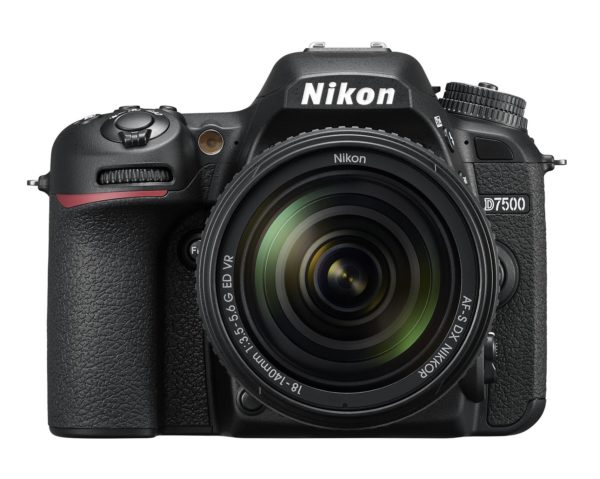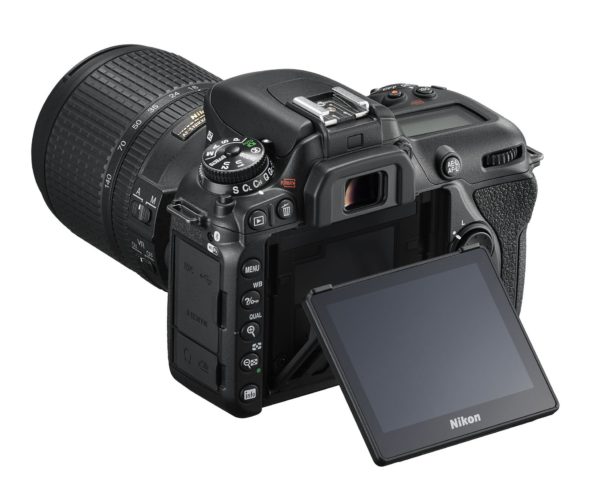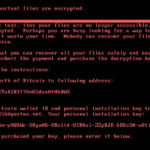
The new Nikon D7500 is welcome news for owners of the company’s APS-C-sized sensor DX cameras. Hot on the heels of the Nikon D5600 entry-level DSLR and the D500 professional camera, the D7500 was launched in April to replace the D7300 enthusiast-level DSLR camera.
There are a lot of things to like about the D7500. First of all, it inherited the very capable 20.1-megapixel DX CMOS sensor from the D500 that comes with the Expeed 5 image processor.
As an owner of the D500 myself, I can say the sensor-processor pair has provided me a lot of good images of late and Nikon has done itself a great favour by have that in the D7500.


Unlike the D500 that has the same focusing module as the D5, the D7500 instead has the new 51-point autofocus system and has increased the frame rate to 8 frames-per-second from the D7200’s 6 fps.
This may not be as quick as the D500, but at least Nikon has made the D7500 a capable sports shooter for those who don’t dwell on sports and nature photography frequently.
From my test shots taken during Nikon introduction session earlier this month, I can say the camera performed extremely well.
For the action sequence below, the camera tracked the subject throughout, from right to left, then from the back to the front and continued on from left to right of the frame most of the time. It only lost only 2 frames out of the 48 frames being recorded, which is impressive for an enthusiast-level camera.
The image quality from the camera is equally good as well. The number of pixels does decrease from 24 megapixels to 20.9 megapixels but what the new camera gains is increased light sensitivity. This means a much cleaner image devoid of excessive ISO noise.
The D7500 has inherited Snapbridge, the image transfer system from Nikon. Since its introduction in the Nikon D500, it has had its fair share of detractors and I too have experienced less-than-stellar performance transferring images from the DSLR camera to my phone.
To be fair, when it works, it worked flawlessly. This means my phone receives all the images I have shot with my DSLR and I can quickly do some edits using Snapseed, a smartphone image editor, and share the pictures online.
Has Nikon improved on things with the new camera? This is one area I’d like to test more when I get my hands on the D7500 again, so do look out for a detailed review soon.

If you do like to shoot the occasional 4K video, the D7500 can record 4K UHD resolution video footage as well. That’s much better than the Full HD videos you can capture with the D7200.
The new camera does have some downsides. Chief among them is the reduction of the memory card slots from two to just one. For many professionals, this is a negative point because a second slot is always good as a backup.
Plus, the controls may leave something to be desired by professionals as well. You have to make use of secondary modes on some buttons to change settings, which adds delay in between shots, which professionals sometimes can ill-afford.

For the longest time, Nikon has indirectly hinted that professionals should look at least a full-frame DSLR camera. Its competitors such as Fujifilm have made a sound argument by providing very capable crop-sensor cameras that were well received.

Now that it has come up with the D500 for the pros, it can focus on making the D7500, a successor to the D7200, a value-for-money offering that comes without all the features of its bigger sibling but with solid performance in image capture.
Anyone who laments about the ‘downgrade’ should instead look at the D500 and try to spot the major differences. For S$1,999, the D7500 offers tremendous value for what it can do. It will be a good secondary camera if you already have a full-frame camera.
I would even suggest the D7500 over the entry-level D5600 and D3400 if you are serious about learning photography because the D7500 allows more flexibility in the types of photography you can engage in.
A starter set that comes with a versatile 18-140mm f3.5-5.6 lens can be had for S$2,419. That’s a good investment for the future for folks starting a journey on photography.








